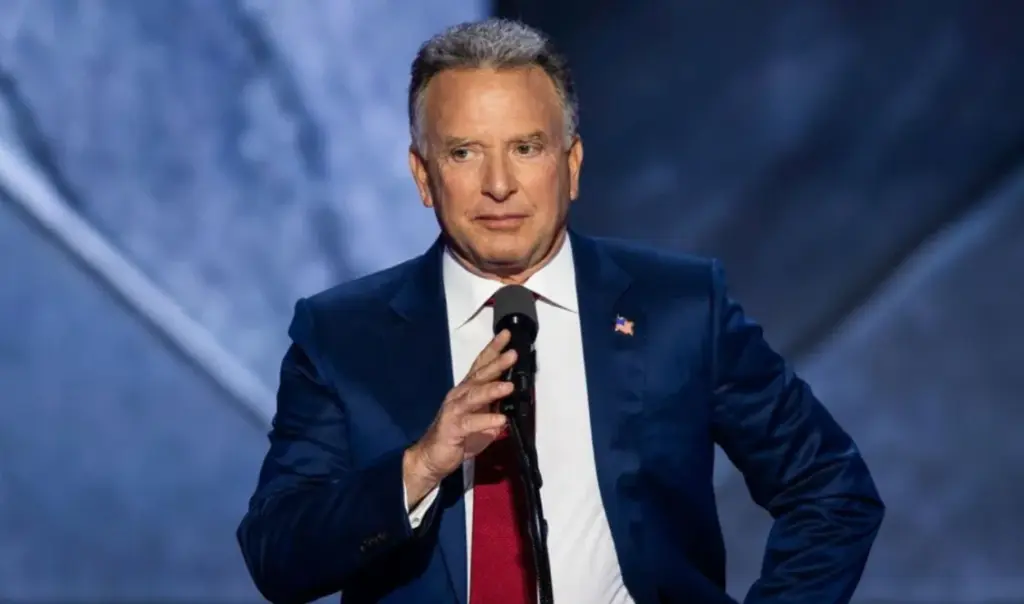The American proposal comes at an extremely sensitive moment for Brussels, where the 27 member states have been trying for months to reach a common legal framework that would allow the use of frozen assets to provide loans to the Ukrainian government. European diplomats described the negotiation phase as “particularly delicate,” ahead of efforts to complete the agreement at next month’s summit. Ukrainian President Volodymyr Zelensky warned that the US plan creates one of the most critical moments for his country. As he stated, Ukraine faces a potential dilemma between “lost dignity” and the “loss of a key partner.” In this heated diplomatic scenario, the 28-point ceasefire plan for Ukraine appears to be causing reactions in Europe, which includes a plan to utilize frozen Russian assets worth approximately €140 billion held mainly in Belgium.
Trump’s 28-point plan: reactions in Brussels
The plan, according to Politico, stipulates that the US would receive “50%” of the profits generated from using the resources for American-led Ukraine reconstruction projects after reaching an agreement. In Brussels, a senior EU official stated that Donald Trump “has no authority” to release assets held in Europe, while other European officials used particularly harsh language regarding American envoy Steve Witkoff. As Politico reports, a European politician characteristically said that “Witkoff needs a psychiatrist.”
Many European officials express fears that the American proposal will make it even more difficult to convince Belgium to approve the European loan. Most of the frozen Russian assets are located at Euroclear in Brussels, making the country particularly exposed to potential retaliation from Moscow.
A former French senior official called the proposal “scandalous,” noting that Europeans are making efforts to find a legal solution so the funds can be used for Ukraine’s benefit, while the American proposal seeks profit for the US.
What the US plan provides
The full 28-point text stipulates that $100 billion from frozen Russian assets would be used for “American-led Ukraine reconstruction efforts,” with the US receiving half of the profits. Europe—according to the text—would add another $100 billion for total investments of $200 billion.
The remaining portion of frozen Russian assets would be placed in a “separate US-Russia investment vehicle” for future investment projects “in sectors that enhance international stability and mutual economic prospects.”
The European proposal
The EU plan for frozen Russian assets involves using them as collateral for a loan to Ukraine, which would only be repaid if Russia agrees in the future to pay war reparations. Belgium has expressed reservations, fearing it could be financially exposed if Moscow seeks to recover the money.
The American proposal intensifies these concerns. EU officials warn that the provision for releasing assets within the framework of a future agreement negotiated by Washington creates the risk that European taxpayers will bear responsibility for compensating Russia.




